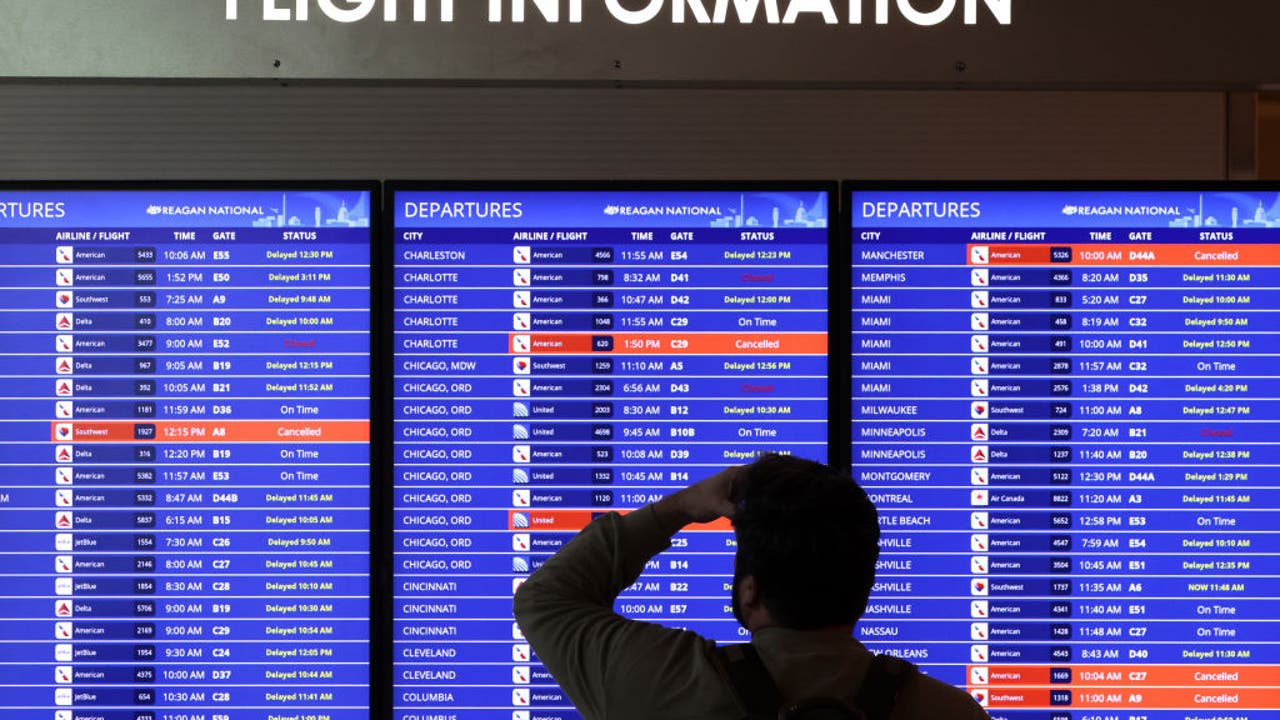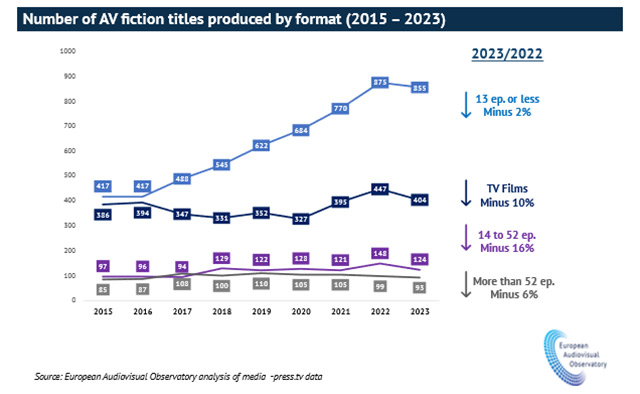Infra
Macquarie closes Europe’s largest infra fund on €8bn

Macquarie Asset Management (MAM) has started the year by announcing the close of “the industry’s largest-ever fund focused on European infrastructure” on over €8 billion.
Macquarie European Infrastructure Fund 7 (MEIF7) closed in December 2023, two years after launching with a €7 billion-€8 billion target. It had already amassed €7.5 billion in December 2022, as we had previously reported. Its predecessor fund, MEIF6, closed in June 2019 on €6 billion.
The vehicle was backed by more than 100 investors, with contributing LPs being primarily pension funds and insurance companies. Around half of LPs are EMEA, a third are based in APAC, and the rest in the Americas. A full 24 of them were new to MAM.
“These new investors are first-time investors in the asset class and looking to participate going forward,” Adam Lygoe, head of Institutional and International Wealth Distribution at MAM told Infrastructure Investor. “It is a story of allocations continuing to come online in the infrastructure space around the world and investors increasingly becoming aware of the asset class and continuing to invest.”
As for Macquarie’s unique selling point, Lygoe offers up the manager’s experience and its boots on the ground. “A key part of the pitch is to explain what we’re going to do and our ability to access. And we’ve been doing this for a very long time and have about 150 people in Europe. That helps create more options and gives the ability to generate more deal flow, to perhaps do a little bit more heavy lifting and develop assets or navigate complexity.”
And it is a competitive environment still. “Last year, we saw commitments to infrastructure equity funds, closed-end funds down about half on 2022. Without a doubt, the flow volume is down and investors have a bit more choice,” Lygoe says. “Certainly, the market this year is a little bit harder than last year. This is a long-term game for sure. And we’ll stay the course.”
Lygoe stresses that being established didn’t buy it an easier ride with regard to process. “It’s been a very thorough due diligence process. Perhaps the process has been enhanced through the last year or two, given what’s been happening with the market.”
He sees LPs reacting to the current upheaval by proceeding with care. “I think one of the themes for investors is that caution aspect. There are rising rates, but there’s also a lot of uncertainty in the market: geopolitical turmoil, deglobalisation and onshoring, concerns about recessions and whether or not there’ll be a hard landing. All of that features into the thinking and features into the due diligence.”
Investing outside Article 9
MEIF7’s duration is 12+2+2 years with eight-to-10-year hold periods and expected returns in the core-plus domain of net low double-digits. And, like prior vintages, the fund is not an Article 9 under the EU’s SDFR scheme.
“There are pockets of the market where having an Article 9 fund is important to folks. But there is an understanding that that’s not possible on every strategy,” Lygoe says. Still, the MEIF strategy incorporates decarbonisation along with digitalisation, the circular economy and attending to demographic shifts. Investments in data centres, mobility infrastructure and a UK electrical network are already part of the new fund’s portfolio.
Geographically, the fund is ready to perhaps spread out a little. Earlier vintages invested in the Czech Republic and Romania, and MENA might be next. “One change that we did make in this strategy was to put an option to potentially invest a maximum of 10 percent in the Middle East and Africa. We have been looking at Saudi Arabia, which could be interesting, but it’s about the situation and the opportunity,” says Lygoe.
In times of rampant consolidation, it would not be a stretch to imagine Macquarie being in the market, and Lygoe is open to the idea. “We’ve made no secret as a business that we are open for business, for inorganic activity, and we have participated in that ourselves over the last few years with a range of acquisitions. So, our balance sheet is available there, but it has got to be additive to the business, and at the right time and on the right price and right terms. And I’m talking beyond infrastructure when I’m talking about inorganic.”
With MEIF7 closed, attention turns to MAM’s other funds in the market. There are a few, the most prominent being the US-focused Macquarie Infrastructure Partners VI (MIP VI) targeting between $7 billion and $8 billion. The latter launched in August 2022 and has raised $5.16 billion as at December 2023, according to Infrastructure Investor data. It is targeting a net IRR of between 10 and 12 percent with a post-investment gross yield of between 4 to 6 percent, according to a MAM presentation. The presentation showed the 10-year MIP VI had invested or committed to invest $2.4 billion of the $3.9 billion it had raised as of June 2023.
The recently renamed Macquarie Energy Transition Solutions – formerly known as the GIG Energy Transition Solutions – has held a first close on $1.8 billion against a $2 billion target and remains in the market alongside the sixth vintage of the Korean Opportunities Fund, a Green Energy Debt Fund, and the open-end Macquarie GIG Energy Climate Opportunities fund, which looks to have been delayed compared to original plans.
Lygoe is clear on why the manager has such a wide range of funds: “Client needs and client interest is what it’s about. We’ve got a very large client roster, and they [LPs] are increasingly sophisticated and know what they want.”
He adds: “We wouldn’t be building things if we didn’t think clients wanted them; and if we didn’t think that we could run them well, run them efficiently and honour our fiduciary obligations and hold our heads up high at the end.”










